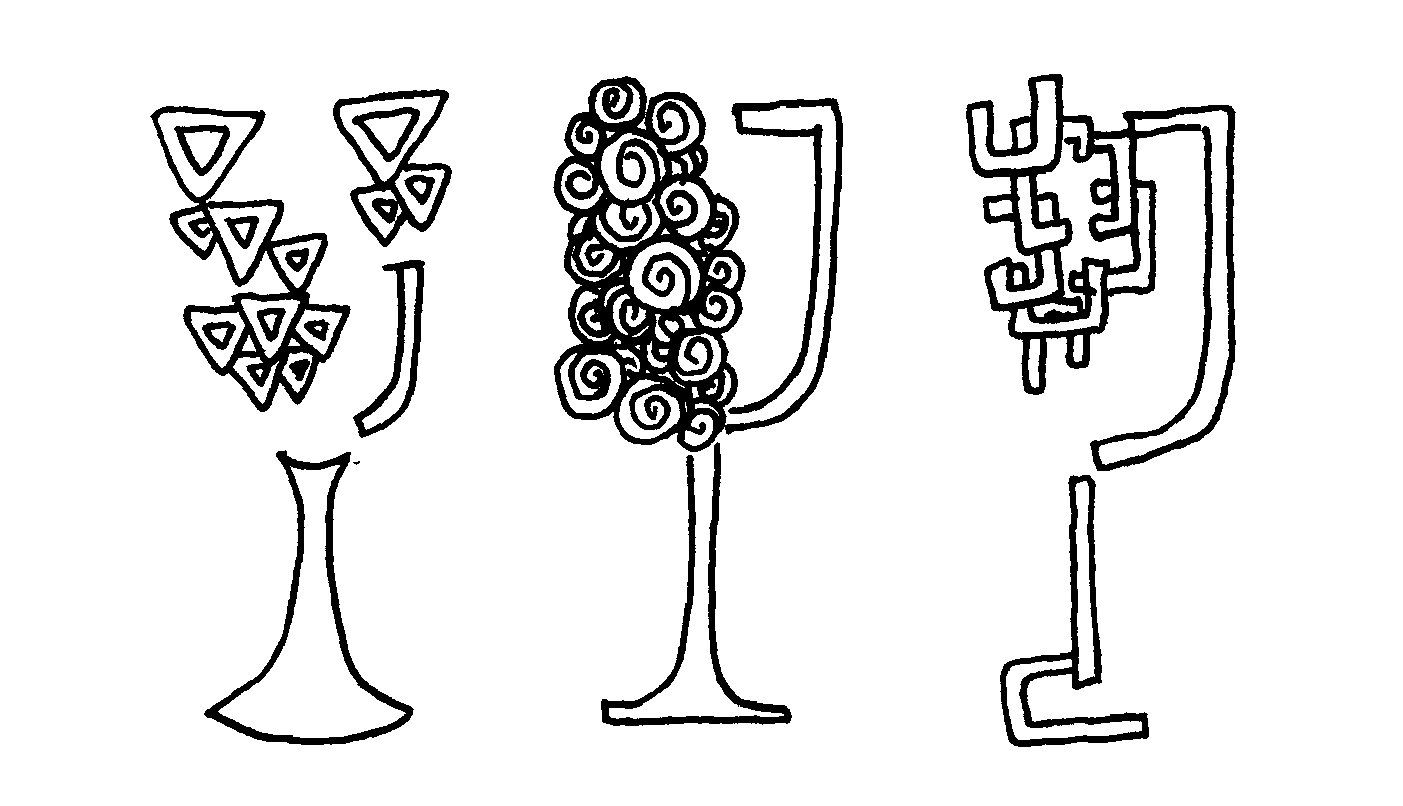The Enchantment (and Occasional Bummer) of Old Wine
Originally published in the Portland Mercury, June 2018.
In 1934 Adolf Hitler met Benito Mussolini for the first time. Franklin D. Roosevelt was pushing ahead with his New Deal and Flash Gordon made his debut in a comic strip. Katherine Hepburn won best actress at the sixth Academy Awards, while Bonnie and Clyde were gunned down in Louisiana. Carl Sagan, Brigitte Bardot, and Charles Manson were all born. It was also the year that someone in Colares, a coastal region in Portugal, picked the grapes that were in the wine I was about to drink.
That wine, a Viva Gomes 1934, had been sitting in the winery ever since it was bottled. The people involved—the pickers, the winemaker—long since dead. When I saw the bottle, there was no doubt I was going to buy it. I’d never had a wine anywhere near that old, and the price (around $145) seemed reasonable. The only wine I’ve ever actually seen that was older was from 1928 and cost $5,000 (or something equally silly).
The wine world fetishizes vintages, and loves one-upping each other when it comes to the oldest wine a person has ever tasted. Even so, there’s something magical about a historic wine. It’s like a gift from the past. And (I thought, justifying the cost) when else was I going to ingest something made before I was born? In my hand the bottle felt like a rare artifact, uncovered from a lost civilization.
Colares—a strange region where grape vines grow in the sands abutting the Atlantic Ocean—is known for wines that have great aging potential. The (current) winemaker told me that despite its years, the 1934 was still good (though his preference was the 1969 vintage). As he handed me the bottle, I cradled it as I would a child, feeling nervous and foolish in equal measure.
The wine ended up coming to England with me on a family visit. It was incongruous—I doubt anyone involved in its making could have imagined it would end up being drunk in the backyard of a house in a Yorkshire village, overlooking a field of grazing sheep.
I felt that I should mark the moment with a ritual of some sort, but couldn’t think of anything appropriate. I fussed over whether it was too cold. Then, in what felt like an act of violence, I planted the wine key into the cork. The cork held together and emerged with a satisfying “pop.” (I was worried it might crumble with age.)
In the glass the Colares was a tired brown, though its center was darker than expected. There was still life in it, perhaps. It smelled dusty, as if a tomb had just been forced open.
I attuned my senses ready for the first taste.
In short: It was okay. The flavors were soft. It had structure. It could be worse, I thought. It might improve if I left it a little while. I found myself willing it to get better, to not let me down.
Within 15 minutes the wine had totally collapsed. There was a nasty metallic taste, like sucking on an iron bar. What was left went down the sink.
With wine, there’s always the risk of disappointment unless you always stick with the one or two things you know. With an 84-year-old bottle there’s obviously a big chance it could suck. But I’d loaded it with expectation, imagining a one-of-a-kind, sublime experience that would stay with me forever. (And one, let’s be honest, I could talk about forever.) Instead, I sat watching the sheep with a glass of supermarket Pinot Grigio, leftover from Christmas.
Disappointment, though, is not an end but marks the place from which to start again. I’ll still buy the next old wine I come across, if I can afford it.
Besides, my friends bought the 1969 vintage. There’s still that to try.








The two grapes that really steal the show in your Bordeaux reds are Cabernet Sauvignon and Merlot. There’s a big difference in style between the two. So, how do they taste different, and how do you know which one you’re getting (cause it won’t say on the label)?